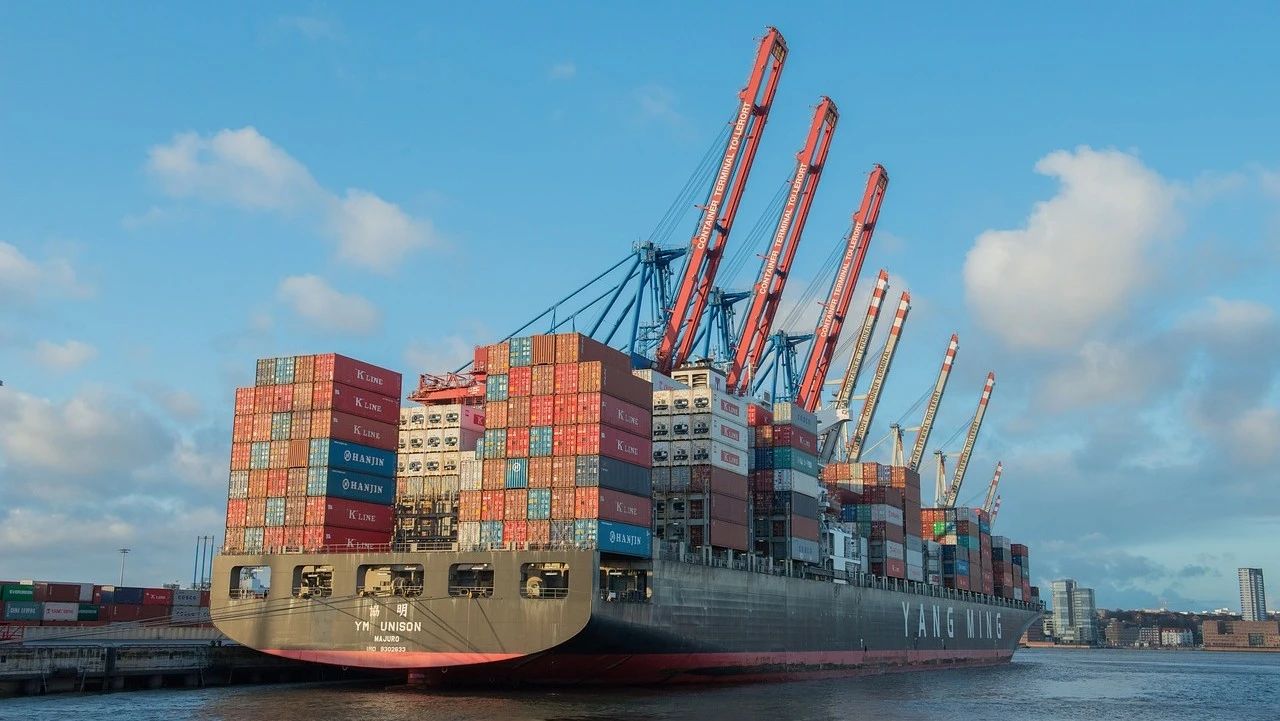Dry goods | What is a clean bill of lading? What are the risks of exchanging a letter of guarantee for a bill of lading?
The bill of lading refers to the basis for dealing with the rights and obligations of both parties in the transportation between the carrier and the shipper. According to whether the goods have damaged packaging or not, they can be divided into clean bills of lading and unclean bills of lading.
So what is the difference between a clean bill of lading and an unclean bill of lading? In practice, what is a letter of guarantee in exchange for a bill of lading? What are the responsibilities and risks?

01. Clean bill of lading and unclean bill of lading
Clean bill of lading(ClEAN B/L), refers to the bill of lading without any remarks about the poor appearance of the goods, indicating that the goods were in good condition when the carrier accepted the goods.
However, a clean bill of lading only indicates that the goods that the carrier can observe are in good condition, and does not constitute a guarantee by the carrier for the inherent quality of the goods, nor can it rule out that the goods have inherent defects that cannot be directly observed.
Therefore, a clean bill of lading does not literally mean that the bill of lading is clean without any stains, but that the goods are clean without any damage.
unclean bill of lading(FOUL B/L), refers to the bill of lading that the carrier clearly endorses on the poor appearance of the goods, etc., in order to fight against the possible claims of the consignee.
Because the bill of lading has the function of a cargo receipt, and the carrier has the obligation to keep the goods, the record of the condition of the goods on the bill of lading constitutes a guarantee for the carrier to deliver the goods recorded in the bill of lading to the consignee. For these unclean bills of lading, the bank refuses to accept them and cannot negotiate.

02. Determination of clean bill of lading
Usually, if the shipping company's bill of lading does not add any bad comments, it means that the bill of lading is a clean on-board bill of lading. butNot all notations on goods constitute unclean bills of lading.
For example, the carrier is not responsible for the quantity, quality, value or characteristics of the goods listed on the bill of lading, even if the shipper declares the content, value, weight, dimensions, marks, quality, quantity, etc.regarded as unknown. These statements do not constitute "uncleanness" of the bill of lading.
The carrier reserves the terms for loss or damage caused by the nature of the packaging (such as goods packed in paper bags, plastic bags), that is,Disclaimer, nor as a statement that the goods are defective, does not constitute an "unclean bill of lading".
If the shipping mark, number of pieces, weight, etc. of the goods listed in the mate’s receipt are inconsistent with those declared in the bill of lading, the bill of lading should be corrected according to the mate’s receipt.corrected bill of ladingTheoretically, it does not constitute an unclean bill of lading, but customers who may be picky may refuse to pay on the grounds of unclean bills of lading.

03. Issuance of clean bill of lading
The issuance of clean bills of lading depends on the requirements in the letter of credit. Generally, a full set of clean bills of lading is required in the letter of credit for customers. Most banks do not require the words "CLEAN ON BOARD" to be displayed on the bill of lading, but some banks must have them. Usually, after receiving the letter of credit application, go to the bank for confirmation, and clarify whether the article on the letter of credit requires the bill of lading to be displayed.
In shipping practice, general shipping companies will not display "CLEAN ON BOARD" on the bill of lading, such as MSC/NORASIA, etc. Hapag-Lloyd shipping company can display it on the bill of lading if requested, but it needs to fax the original copy of L/C to the shipping company.
04. Letter of guarantee in exchange for bill of lading
When the goods are delivered, if the packaging and surface state are weak or incomplete, the ship can make a note that it is an unclean bill of lading. In international trade, banks refuse exporters to settle foreign exchange with unclean bills of lading.
However, in shipping practice, when the carrier accepts the goods, if the appearance of the goods is in bad condition, it is generally recorded on the first mate’s receipt, and then transferred to the bill of lading when the bill of lading is officially issued.
In this regard, the shipper shall repair or replace the damaged or externally defective goods. The customary workaround is for the shipper to issue a letter of guarantee, requesting the carrier not to transfer the comments on the poor appearance of the goods made on the mate's receipt to the bill of lading, but to issue a clean bill of lading according to the letter of guarantee, so that the exporter can successfully complete the settlement.
However, if the carrier fails to transfer the note on the mate’s receipt to the bill of lading, the carrier may be liable for compensation to the consignee. If the carrier seeks compensation from the shipper, it will be difficult to obtain legal protection and bear a large burden. risk.

05. Responsibilities for exchanging the letter of guarantee for the bill of lading
The rights and obligations between the carrier and the consignee are regulated by the terms of the bill of lading, not the guarantee of the letter of guarantee. Therefore, the carrier cannot refuse compensation based on the letter of guarantee, and the letter of guarantee is invalid to the consignee. Because the practice of exchanging the letter of guarantee for the bill of lading can sometimes play a flexible role, it is difficult to completely refuse it even if there is a risk.
my country's Supreme People's Court pointed out in the "Reply on Whether the Letter of Guarantee Has Legal Effects": "The letter of guarantee issued by the shipper for sea cargo transportation to the carrier in exchange for a clean bill of lading is not binding on the consignee. No matter how the letter of guarantee is stipulated , will not affect the consignee's claim against the carrier or the shipper; if the shipper and the carrier issue a letter of guarantee accepted by the other out of good faith, both parties have the obligation to perform."

Summarize:
The carrier's annotation on the bill of lading will affect the seller's foreign exchange settlement and the transfer of the bill of lading. If the shipper is required to replace the goods, making up the goods may delay the shipping schedule. At this time, the shipper's exchange of the letter of guarantee for a clean bill of lading ensures the speed and safety of the transaction, but it must also guard against the risks involved.




















